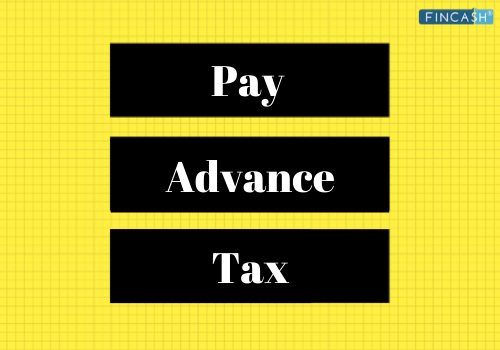What is Tax Liability?
Tax liability formula holds significant importance in the field of taxation. As per the definition of tax liability, it is referred to as the amount of tax debt that is owed by some person, corporation, or some other entity to some taxing authority like the IRS or Internal Revenue Services. In simpler terms, it can be referred to as the total tax amount that you are responsible for paying to the respective taxman.

Tax liabilities are known to be incurred when there is an earning of Income, some taxable event takes places, or there happens to be a gain on the asset’s sale. The absence of any tax liability implies that the total tax of the taxpayer was null in the previous year, or they were not require to file the respective Tax Return.
Getting an Understanding of Tax Liability
Tax liability can be regarded as the taxation amount that an individual or a business is known to incur on the Basis of the ongoing tax laws. Taxes are known to be imposed by a multitude of taxing authorities –including local, federal, and state governments. The given authorities utilize the fund for paying for exclusive services like in the defense of the country, repairing national roads, and so more. In case some taxable event is known to occur, the taxpayer is expected to know the event’s Tax Base along with the given Tax Rate on the respective tax base.
Company payrolls and sales taxes are types of tax liability. When businesses go ahead with selling the respective services, most local and state governments are known to charge some Sales Tax. This turns out to be a proper percentage of every sale made while being paid to the end customers. Businesses are known to send the respective sales taxes to the concerned taxing authorities on a quarterly or monthly basis. Companies can consider withholding taxes for SSNs & Medicare and incomes taxes from the wages of the customers.
The tax liability of an individual or some corporation is not known to include the current year. On the other hand, it is known to consider any as well as all years for which the taxes would be owed. This implies that if there will be the presence of any due back taxes (taxes that might be unpaid from former years), then the same gets added to the tax liability.
Talk to our investment specialist
Calculating Tax Liability
The Taxable Income subtracting the respective tax deductions is known to depict the gross tax liability. It is subtracting the respective tax credits for knowing the total income tax liability.
Before you start with calculating the overall tax liability, it is important to understand the respective entity type-
Gross Tax Liability = Taxable Income –Tax Deductions
Total Income Tax Liability = Gross Tax Liability –Tax Credits
All efforts have been made to ensure the information provided here is accurate. However, no guarantees are made regarding correctness of data. Please verify with scheme information document before making any investment.












